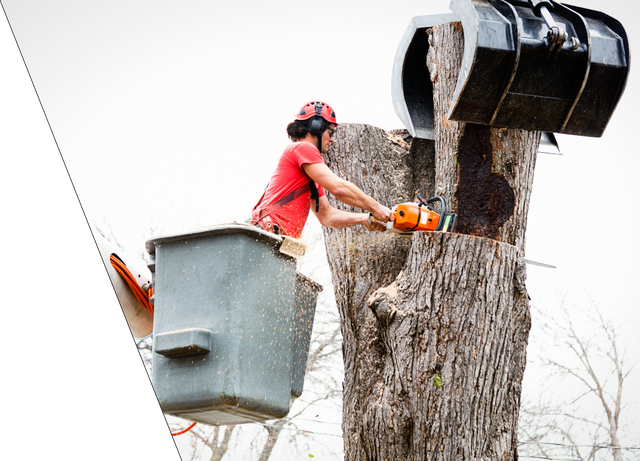All Categories
Featured
The elimination of trees can develop open spaces that are susceptible to weed intrusion. When trees are existing, their thick canopies commonly color the ground, restricting the quantity of sunshine that reaches the dirt. However, after the removal of trees, these open locations receive boosted sunshine, offering ideal problems for weed development.

They might advise the usage of compost, which acts as a protective barrier on the soil surface area, preventing weed seeds from sprouting and subduing weed growth.

The existence of trees fosters an abundant and varied community of soil germs. Tree origins offer a source of raw material, exudates, and nutrients that support the development and activity of beneficial soil microbes. When trees are removed, the lack of their origins can disrupt the delicate equilibrium of the soil's microbial ecological community.
How Much Does A Tree Loppers Wollongong Cost?
This change in pH can impact vitamins and mineral availability, microbial activity, and total dirt health and wellness. To attend to the impacts of tree reducing on soil pH, tree removal professionals can give useful advice. They might advise dirt screening to evaluate the current pH levels and identify the required adjustments. Based upon the outcomes, professionals can suggest pH adjustment approaches, such as adding lime to elevate soil pH or incorporating essential sulfur to decrease it.

It describes the compression of soil particles, resulting in reduced pore area and boosted dirt density. This compaction can negatively influence the soil's capacity to work optimally, influencing its water-holding capacity, vitamins and mineral accessibility, and origin infiltration. Appropriate techniques utilized by tree elimination specialists can help decrease compaction and maintain the dirt's ability to preserve water, and permit adequate air flow and careful devices handling.
Latest Posts
Is It Worth Paying For Tree Removal Wollongong Area?
What Is The Best Wollongong City Council Tree Removal?
Is It Worth Paying For Palm Tree Removal Wollongong?